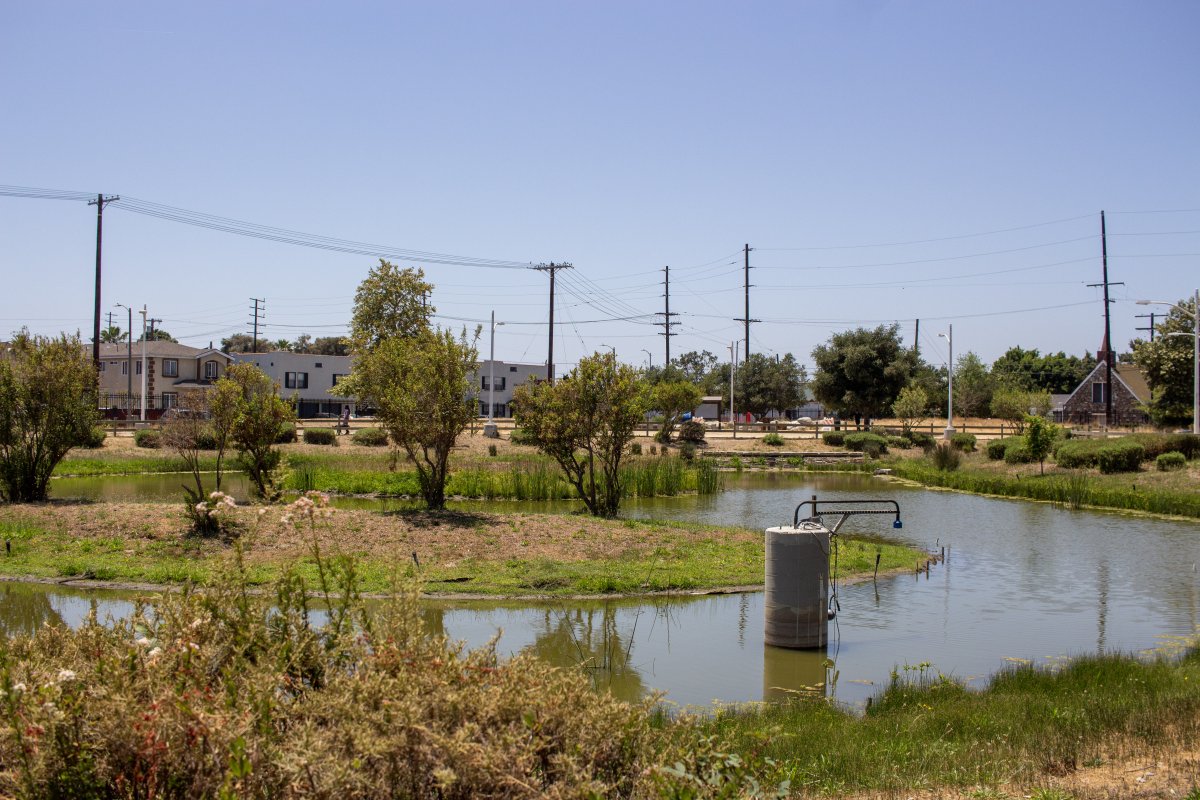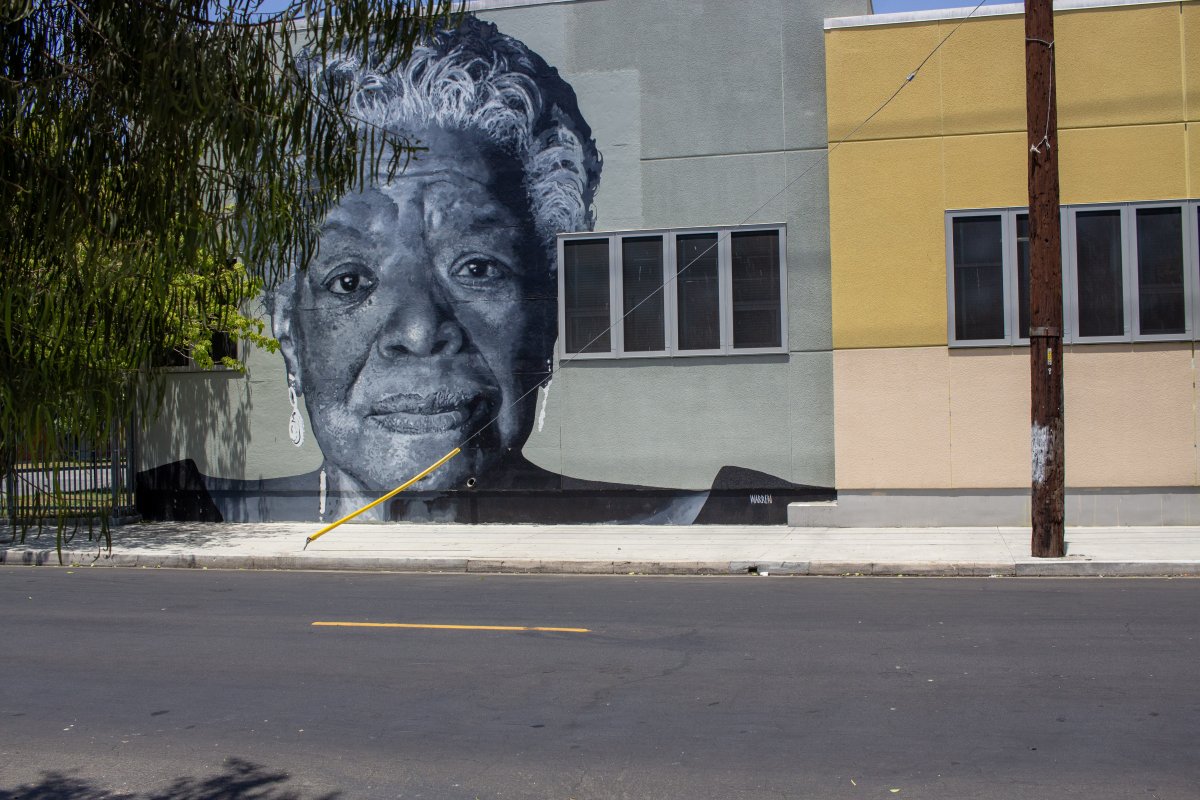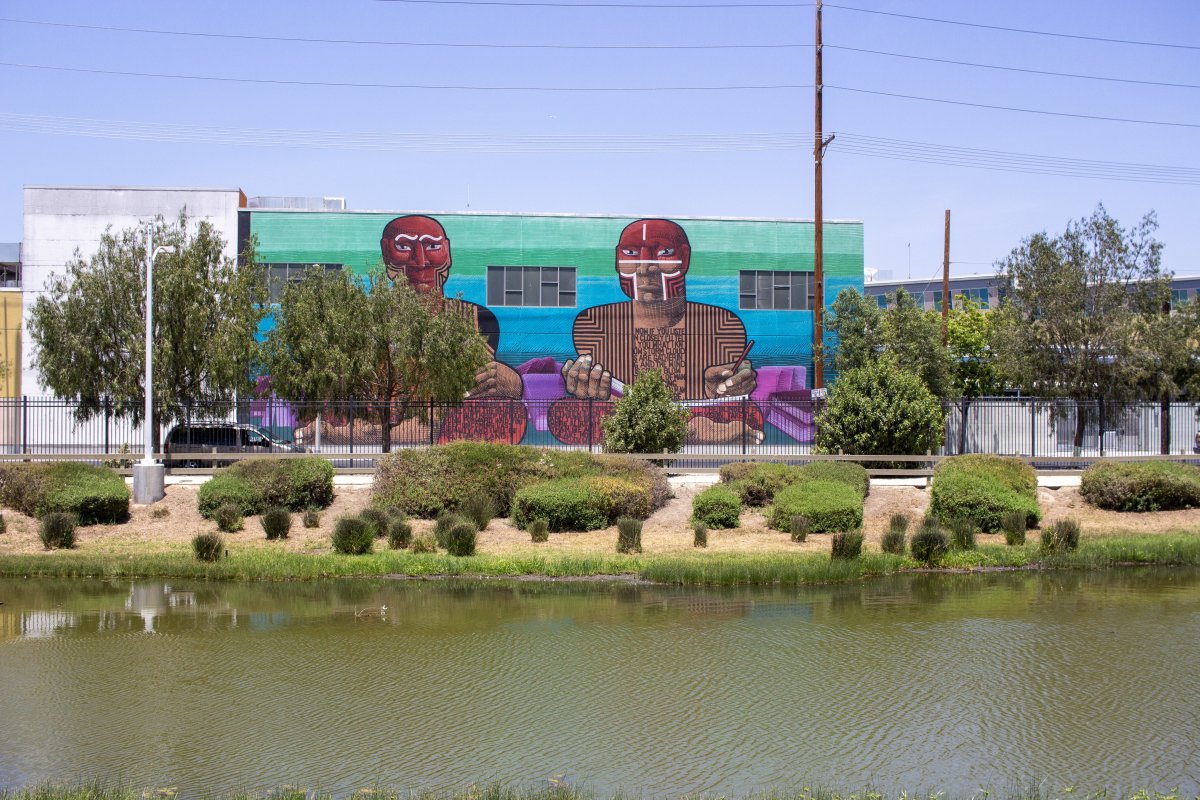Along Avalon and San Pedro boulevard, between 54th and 55th street, lies a little jewel called South Los Angeles Wetlandpark. Located in a historic and beautiful area called South Park, between the historic Central avenue and USC, this entire neighborhood is a mix of residential areas, beautiful old mansions, some patches of warehouses and factories.
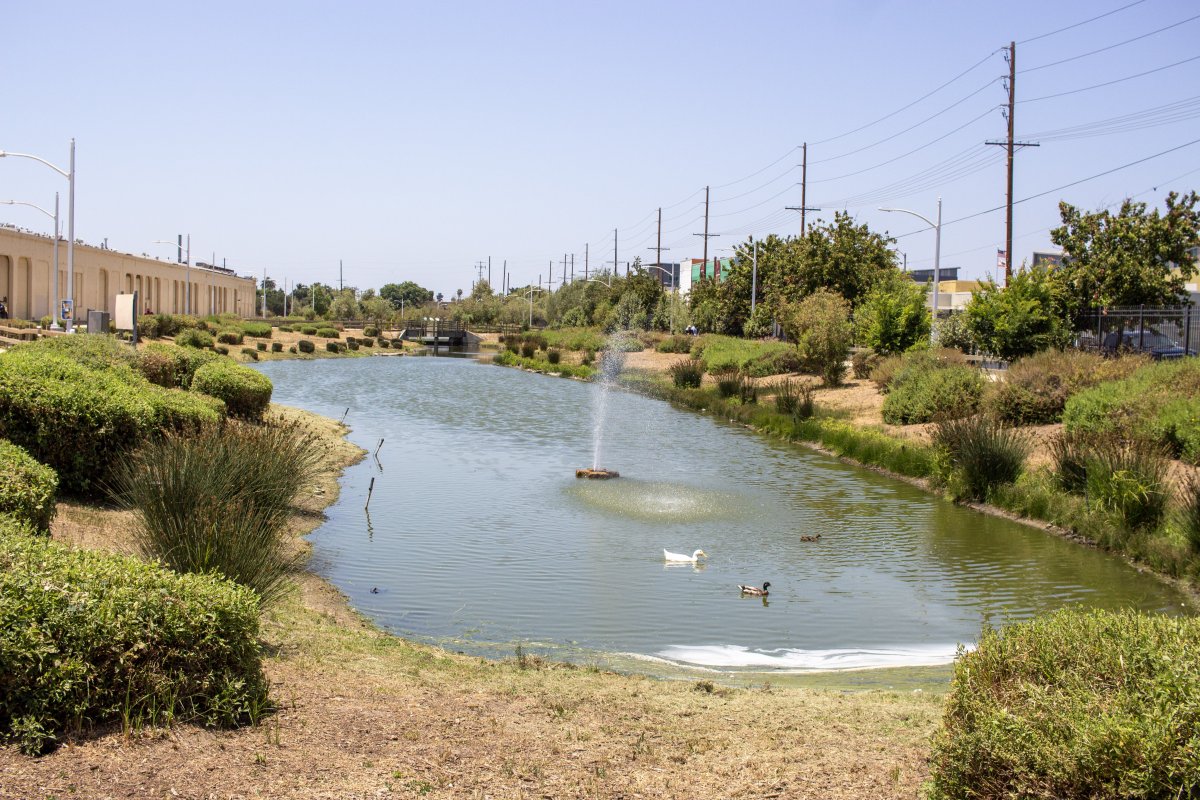
The 10 acres of South Wetlandpark created in 2013 could be summed up this way: small but smart. Indeed, South LA Wetland Park doesn’t enjoy its neighbor’s prestigious and glorious past, the South Park recreation area created in 1899. Nonetheless, South LA park is a perfect example, not only of beautification but also of smart public investment. “Carved out from the industrial tundra of South Los Angeles”, South LA Wetland Park serves the common good and social justice in reducing green space inequalities by making parks a useful part of cities conceived as a whole. To understand the philosophy behind the creation of the park, one has to understand the geography of Los Angeles itself as a big watershed. All the pollution from street runoffs ends up in the Pacific Ocean. The park was created to offer innovative solutions to this environmental issue.
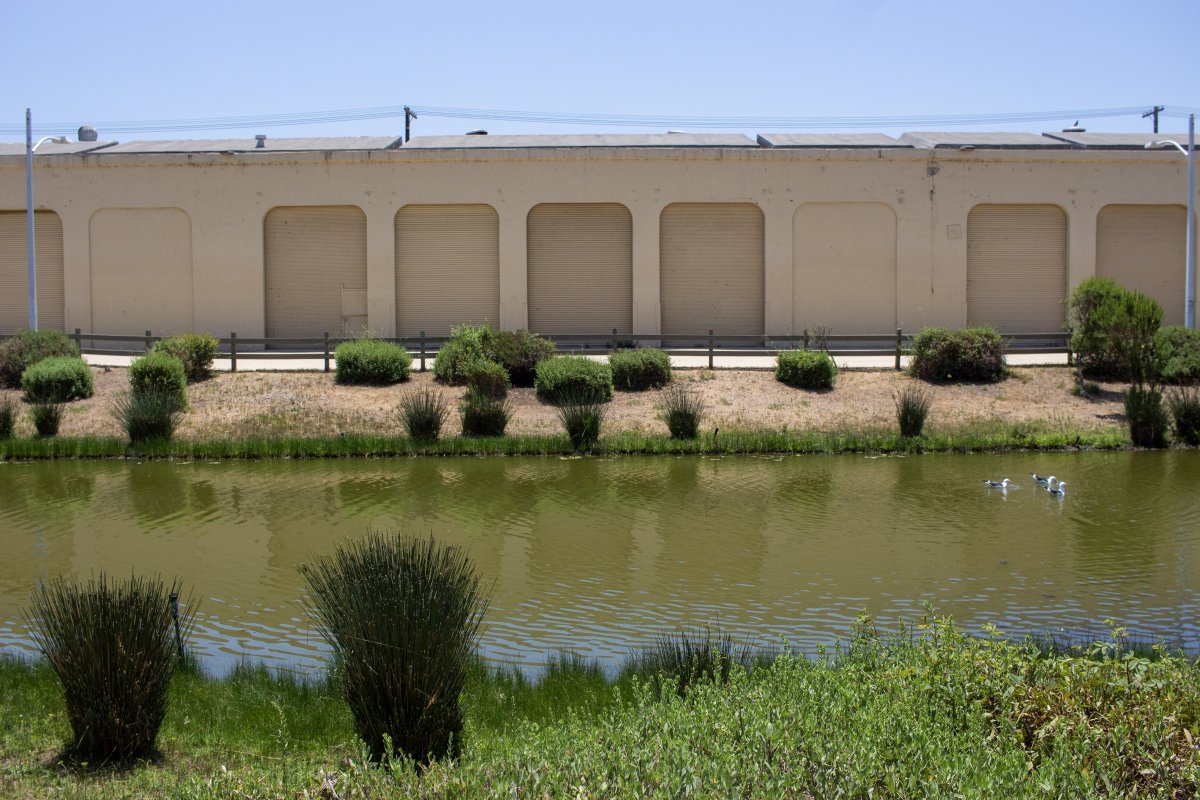
From being a “bus and rail yard”, South Los Angeles Park became a project designed as a solution to remove “pollution from the City's watercourses, beaches, and the ocean to meet Federal Clean Water Act requirements.” According to the landscape architecture foundation, “the park Treats up to 14,000 gallons of stormwater runoff from the 525-acre watershed per day (...) Removes an estimated 100% of oil and grease, 75% of bacteria, 96% of total suspended solids, 41% of nitrate, and 34% of phosphorus from stormwater runoff”. From these numbers, parks can be seen as a tool for environmental protection and used to remediate pollution produced by cities. It is a reel shift from a purely aesthetic or recreational approach to effective ecological engineering.
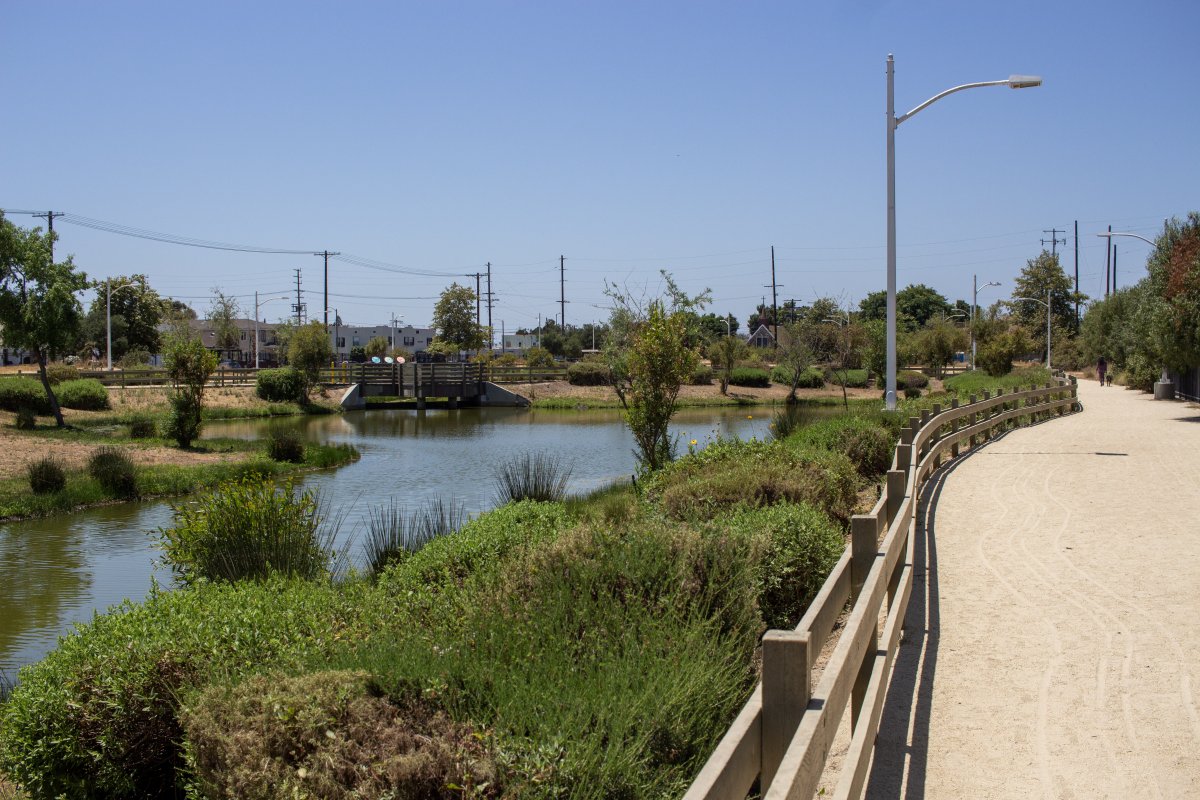
It gives us a good example of an innovative conversion: South LA Wetland Park is a “Green Infrastructure”, which for the EPA means an infrastructure that manages “wet weather impact” especially in cities where stormwater is highly polluted. The South LA Wetland Park fits this description. Runoffs arrive from a pipe under San Pedro boulevard, pass through a filtering facility, and “then takes a circular trip in an underground pipe around the park before being delivered into the pools, where bacteria naturally clean up the remaining pollutants”.
